Briefly tell us about your book.
Evie and Rhino is a middle-grade fiction, Australian historical novel for all ages, but especially for 9 -13 years.
When Evie finds a fully-grown rhinoceros washed up on a beach, she feels an immediate connection and knows she has to help him. When Rhino wakes, he knows that the small, golden-haired child in front of him will save his life. Side-by-side, these unlikely friends form a bond capable of overcoming the tragedies that saw one in chains and the other lose her parents and unable to speak.
1891
On a stormy night off the coast of southern Australia, a ship transporting a cargo of exotic animals tosses and turns in enormous seas. Rhino senses they are in grave danger…
Not far away, ten-year-old Evie and her grandfather shelter in their crumbling, once-grand old home. They know too well how deadly storms can be. When all is calm, Evie climbs over the dunes to the sea and makes a discovery that will change her life, and Rhino’s, forever.
Will the tragedies of their pasts finally be put to rest?
Evie and Rhino is moving tale about love, connection and the healing power of friendship.
What inspired the idea behind this book?
I’m originally from the south-west of Victoria, near the Shipwreck Coast. From the 1850s to the 1880s, 630 known cargo and passenger ships were wrecked upon this rugged shoreline.
Bass Strait is treacherous, with highly unpredictable weather, gale force winds, dangerous currents and rips as well as shifting sandbars.
As Mathew Flinders said: “I have seldom seen a more fearful section of coastline.”
Anyway, one of my hobbies is the study Australian shipwrecks. Through the State Library of Victoria, you can read witnesses accounts of many of them. For insurance purposes, whenever there was a shipwreck, the Maritime Board of Melbourne, sent their people out to investigate them. They interviewed survivors such as the captain, the crew, its passengers and the people involved in rescue and salvage. These first-hand witness accounts gave me fascinating and vivid insights into the dreadful situations people found themselves in. Most shipwrecks were due to rough weather and poor navigation.
One day, I read about a particular shipwreck that took my breath away. It was the Steamship Bancoora which ran aground at Breamlea in 1891. They were sailing from Calcutta to Melbourne and on board was a cargo load of exotic animals bound for the Melbourne Zoo. There was a young elephant, a rhinoceros, six monkeys and several exotic parrots.
From the moment I read this story, an image was burned into my mind. The suffering these innocent animals must have experienced would have been dreadful. I then imagined a different scenario, one where the animals had washed ashore and that my main character, Evie, found a rhinoceros asleep in the shallows and led it home by the horn.
How did you go about developing your characters?
When I set out to write Evie and Rhino, I wanted to write a book that I would have loved as a child. Every character in my book is there for a reason, as are certain character traits. I love them all to pieces.
I adored my grandparents, and the grandpa in my book is reminiscent of all of them. One of my grandpa’s was always pointing out the natural world to me: bird feathers, nests, caterpillars, ants, where we could find mushrooms, discover beehives, explore rockpools. And the grandpa in my book is full of knowledge and care and love for Evie. There’s also a housekeeper, named Cook, who looks after Evie, and a farmhand called, Mr Duffer. These are secondary characters, but much loved by Evie and are typical, no fuss, big hearted, practical country people. My kind of people, and they are all based in people I know.
And of course, there’s Rhino. I adore animals, and Rhino’s voice came naturally to me. I hope it sounds authentic. There’s something about rhinoceros I find fascinating. They’re such a contradiction, monstrously huge with warm brown eyes, fringed by long eyelashes. They have big wobbly bottoms and a jaunty little trot. Their tails spin and twirl as they fart, and they have crazy, curly hair sprouting from their ears. And they make the sweetest sounds I’ve ever heard, surprising little squeaks and honks.
When you write and develop characters, you need live in the story you are writing, giving your characters traits that are authentic, that you truly love.
I also love windy, bleak isolated places and ancient, grand houses, preferably crumbling. So I invented these and set my story within it. When I’m developing a story, I collect images of old houses and seascapes, trees and animals and people and I put them all together in a ‘mood board’. Sometimes, it’s on a pin board or a poster, sometimes, I do it in PowerPoint. And then I add music that suits the tone of the story. I find this to be a really useful tool, especially when I’ve had a break from writing and need to get back into it. I just stare at my mood board, and it takes me back to the story, the characters and the setting. I also collect ephemera relating to my story, and all these things all help me to focus on developing my characters and the storyline.
What are you hoping readers will take away from your book?
Kindness. Be kind to all animals, great and small, big and ugly. Animals are a great comfort to us. My best friends are animals and I believe they can communicate with us, not necessarily in words, but in body language. Licking, blinking, the position of the ears, a swish of a tail are all telling us something. People who are in tune with their animals will be able to relate to this. Animals understand us far more than we’ll ever know.
Be observant. There is wonder all around, just stop and breath and be still and look. Evie notices everything in the natural world and it comforts her knowing her place in the universe. Insects crawling, beetles clicking, birds hovering in flight, sea sponges washed up on the shore.
Everything is put here on earth for a reason, everything has its place and plays a part.
Can you tell us a bit about your writing process?
This was the first time I’d written a middle grade fiction novel, so I’m still working this out and getting better every time I write one. I loosely plotted Evie and Rhino before I went on a May Gibb Creative Time Fellowship in Adelaide in 2017. I knew the beginning and the ending and thought the middle would evolve as I wrote it. This wasn’t so easy, but I got a decent first draft of 20,000 words together in two weeks. After this I got lost a few times in re-writes and revisions and it took me another two years to nut out narrative arc that was fully satisfying to me. One of the things I did learn was to think more deeply about my story and what I was trying to say. I now write a detailed statement about the heart of the story and what the journey is for each of my characters. I stick this up on my wall, and whenever I sit down to write, I write to honour this.
I write my first drafts quickly. I love it when the story gallops along. I then spend quite a bit longer revising it. I don’t send anything to a publisher that isn’t the absolute best I can make it. I polish it within an inch of its life. It might take me 20 drafts. It might take me 40.
I love to write for 2-3 hours in the mornings.
What was your favourite book as a child?
Hands down, Black Beauty by Anna Sewell
What are you reading right now?
I do love a cosy mystery. I’ve just read A List for Murder by Pamela Hart and The Daphne Experience by Alison Reynolds. I also love Sarah Winman, Michael Morpurgo and Kate Di Camillo.
How does this book compare to your other books?
This is my first middle-grade fiction novel, but I have several picture books that are also historical fiction and non-fiction narrative. I love Australian history! I was born in the wrong era. I’m always dreaming about the past.

Neridah McMullin loves history and true stories. An author of eight books for children, Neridah is also an award-winning short story writer and poet. Her latest picture book, published by Walker Books Australia in 2021, is called Drover, and is the true story of legendary drover, Edna Jessop. Neridah loves footy, family, birdwatching, walking her dog and meeting other people’s dogs.
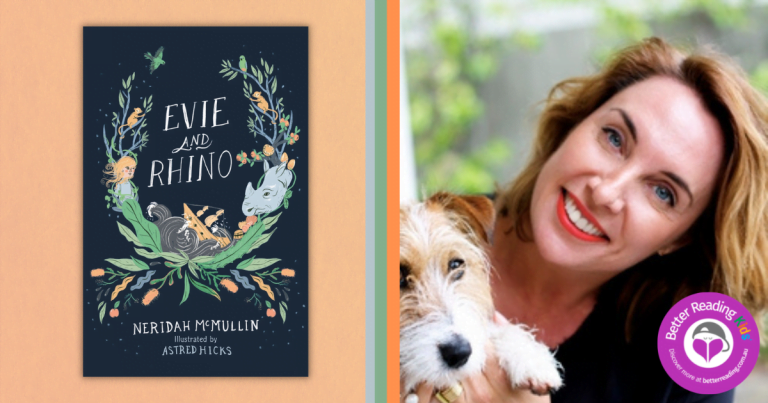
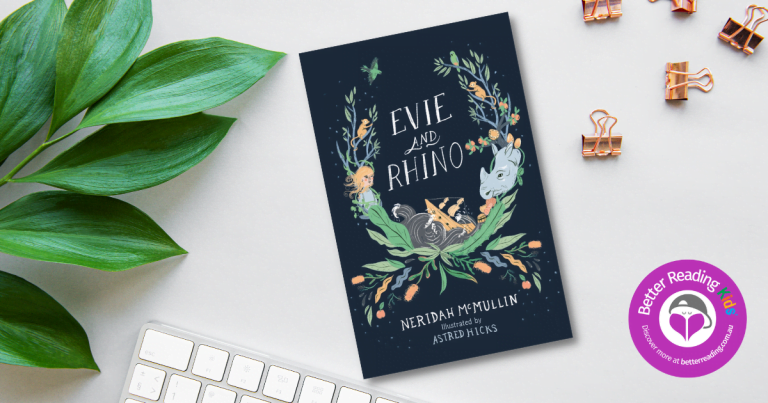
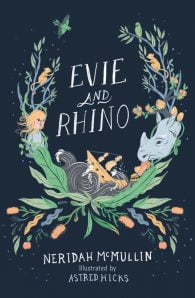
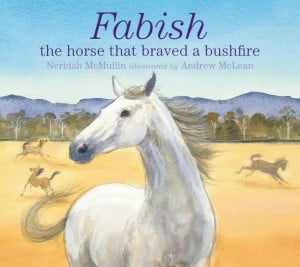
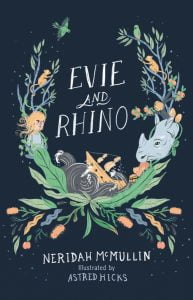
Leave a Reply